There are numerous easy diets to follow for weight loss success. But which diet will work for your lifestyle, preferences, and goals? Here are 9 popular eating methods that may not feel like diets at all.
Many diet plans consist of deprivation—eating bland, unappetizing meals and suffering through grueling workouts daily. However, effective diets should not cause you to feel hungry or experience unnecessary pain. The best diets encourage eating delicious, filling foods—and include healthy exercise options to achieve lasting weight loss success. Easy Diets to Follow for Weight Loss Success
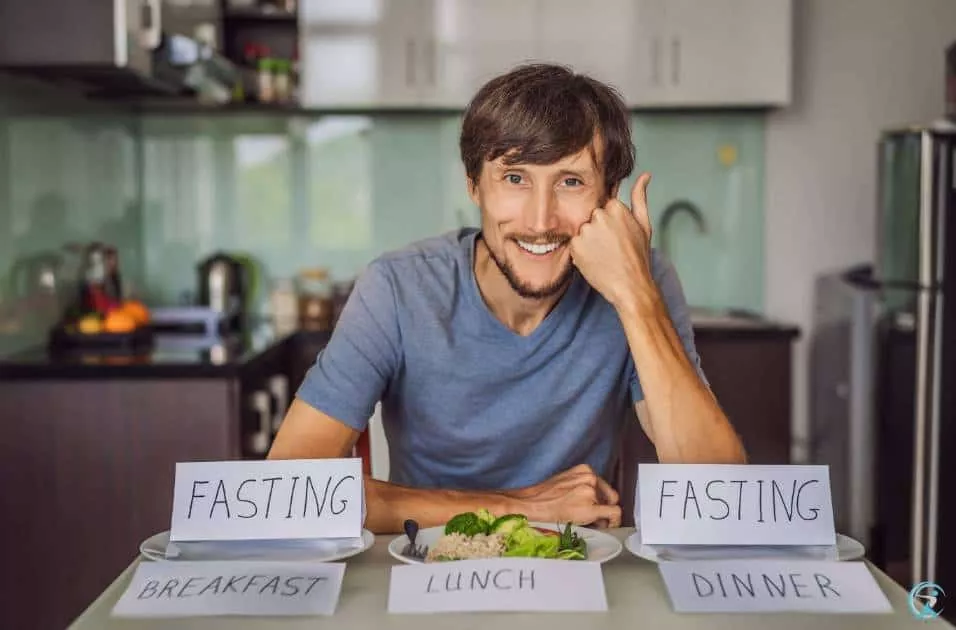
Intermittent fasting
Intermittent fasting is a dieting strategy in which you cycle between periods of eating and fasting. The fast can be as long as 16 hours or just 12 hours, depending on the protocol and your health goals. When you eat, you consume fewer calories than normal; when you fast, it’s best to stick with water or tea.
Intermittent fasting has become a hot topic in the fitness world. This diet has been around for many years but has recently gained popularity thanks to the book The Fast Diet: Lose Weight, Stay Healthy, and Live Longer with the Simple Secret of Intermittent Fasting by Michael Mosley.
Intermittent fasting is not a diet in the traditional sense. Instead, it’s a strategy to help you get leaner by boosting your metabolism and eating less on some days. It also helps you eat more on other days, so you’re not starving yourself all week long to lose weight.
The best part about intermittent fasting is that it’s flexible and customizable for any lifestyle or schedule. For example, if you’re pressed for time during the week but want to squeeze in a workout at lunchtime or after work, you can skip breakfast and eat lunch later than usual (or skip lunch altogether). If you prefer meal prep on Sunday night, this may be an easier approach for you as well, since it doesn’t require much thought during the week when life gets busy!
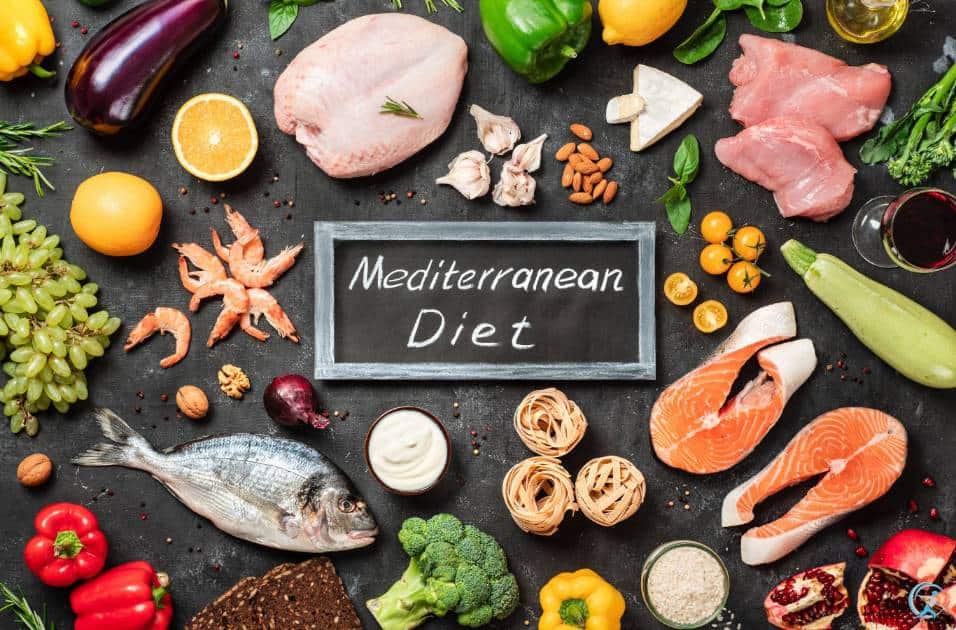
Mediterranean diet
The Mediterranean diet is an excellent choice for anyone looking to lose weight and get healthy. It’s high in fruits, vegetables, whole grains, beans, nuts, and seeds. The Mediterranean diet also includes fish several times a week and olive oil as the primary source of fat.
Because the diet focuses on vegetables and fruits, you’ll be getting plenty of fiber along with vitamins and minerals that help keep you feeling full longer while keeping your blood sugar levels stable—two critical factors in maintaining a healthy weight. A study from Harvard Medical School found that people who followed the plan lost an average of 10 pounds after one year!
The Mediterranean-style eating plan limits red meat (including pork), processed meats, and sweets but allows moderate amounts of cheese and red wine during meals (one 5 oz glass). This diet emphasizes lots of seasonal vegetables cooked simply with little added oil or butter.
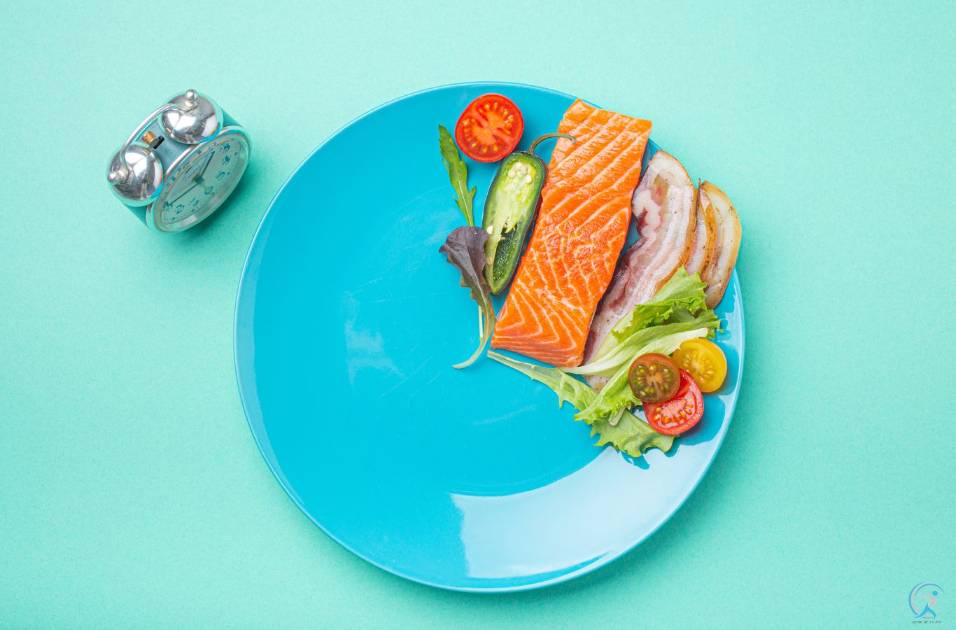
The low-fat diet
The low-fat diet is the most common weight loss, but it’s not necessarily the best. This style of eating can be unhealthy and even counterproductive.
A low-fat diet may not help you lose weight in the long run. You’ll be avoiding foods containing fat—like avocados and nuts—but limiting healthy fats like olive oil and avocados. The result? A lack of essential nutrients to keep your body functioning properly.
Low-fat diets have been linked with heart disease risk factors such as high cholesterol levels, high blood pressure, and insulin resistance (which increases your risk of diabetes). These factors have been associated with a higher risk of stroke and heart attack.
This is an effortless diet, but it requires a lot of discipline.
The idea behind this diet is to consume no more than 20 grams of fat per day. That means you can eat as many carbohydrates and proteins as you like, but you should avoid anything with more than 20 grams of fat.
The low-fat diet is a great way to lose weight if done properly, but it’s also easy to mess up.
Here are some tips to help you get started:
1) Don’t cut out fats completely – just the unhealthy ones! The human body needs healthy fats for good health, so make sure you eat nuts and seeds daily. Squeeze some lemon juice on your salads instead of dressing, and try coconut oil for cooking (it has a very mild taste).
2) Don’t be afraid of carbs—carbs are an essential part of any weight loss program because they provide energy for your body and brain function. However, they should be consumed in moderation because they can cause spikes in blood sugar levels, leading to weight gain over time if not appropriately controlled through exercise or medication such as Metformin or Biguanide.
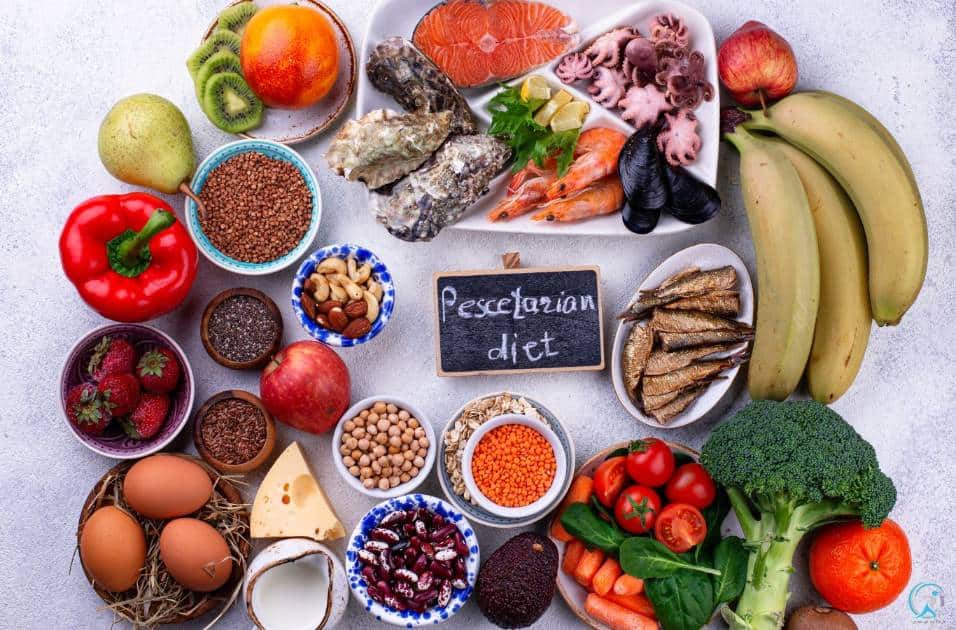
Pescatarian diet
A pescetarian diet is a type of vegetarian diet that allows you to eat fish and seafood but does not include other animal products such as meat, poultry, or dairy products. This type of diet is often referred to as “flexitarian” because it allows you the flexibility to eat meat occasionally but still maintain good health and weight loss goals.
Some examples of foods that are included in this diet include:
- Fish (such as tuna or salmon)
- Seafood (such as crab or shrimp)
- Eggs and dairy products such as milk, cheese, yogurt, etc.
Benefits of a Pescetarian Diet
The pescetarian diet offers several benefits over other diets:
- Prevents heart disease and strokes by lowering cholesterol levels and blood pressure.
- Helps in losing weight by reducing calorie intake, which results in burning more calories during digestion than consuming them.
- Improves immune system function by eliminating harmful toxins from the body due to a lack of meat intake.
The Paleo Diet
The paleo diet is based on the idea that humans should eat only foods that were available during the Paleolithic era. The paleo diet is high in protein and fat and low in carbohydrates.
The diet includes foods like
- Meats (beef, chicken, fish)
- Eggs
- Nuts (almonds, walnuts)
- Vegetables (broccoli, asparagus)
The Paleo Diet does not include foods from other eras, such as grains (bread), dairy products, and processed food items.
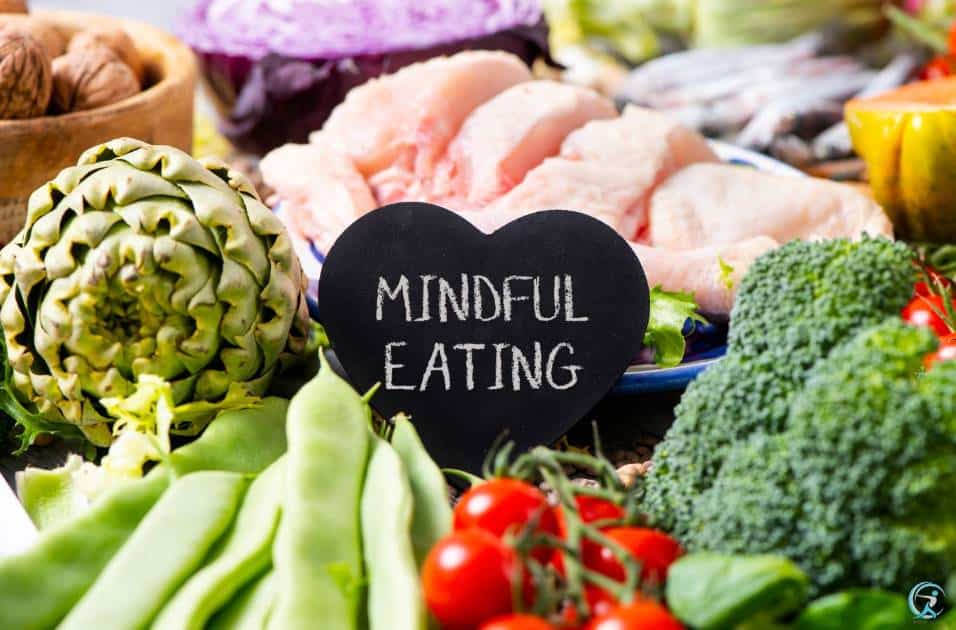
The MIND Diet
The MIND diet is a hybrid of the Mediterranean and DASH diets, with some tweaks to fit its goals. The diet is based on the principles of both of these diets, each known for their health benefits. Like the DASH diet, it emphasizes fruits, vegetables, whole grains, fish, olive oil, and nuts. It also recommends limiting red meat (including processed meat), sweets like cookies or cakes with added sugar (like jelly beans), and sugary drinks like sodas.
The MIND diet was developed by researchers at Rush University Medical Center in Chicago who studied cognitive decline in older adults with mild cognitive impairment (MCI). People with MCI describe people with some mental confusion but don’t yet show signs of dementia such as memory loss or impaired judgment; they may be able to live independently but may need supervision at home or live in assisted living facilities until their symptoms worsen enough to warrant full-time caregiving services.
The MIND diet includes 12 foods that are thought to reduce the risk of Alzheimer’s disease, such as green leafy vegetables (spinach), walnuts, berries, and coffee; five foods that raise the risk of Alzheimer’s disease (red meat, butter, margarine, sweets, cakes, cookies, and fried foods); and five so-called “neutral” foods that don’t have much effect either way (fish, poultry, etc.).
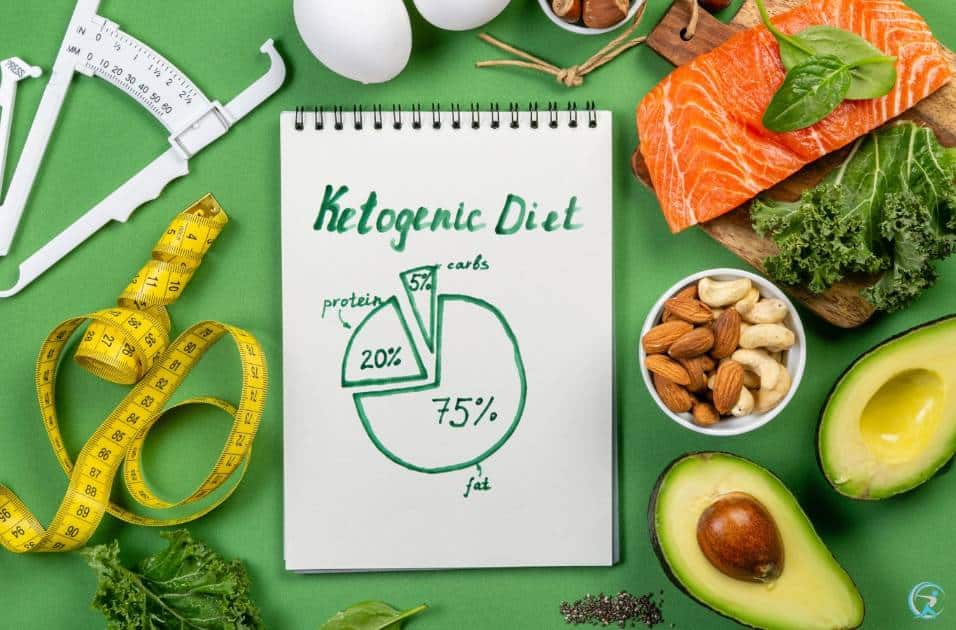
The Keto Diet
The keto diet is the latest health trend to hit the scene. It’s a low-carb, high-fat diet to burn fat, improve energy, and increase mental focus.
The keto diet calls for eating a lot of healthy fats, like avocado and nuts; eating moderate amounts of protein; and consuming very few carbs, such as pasta or bread.
The keto diet is a low-carbohydrate, high-fat eating plan that aims to put your body into a state called ketosis: When you eat carbs, your body converts them into glucose for energy.
Glucose is the preferred energy source for most body cells, including brain cells. The problem with glucose is that there’s only so much of it stored in your liver and muscles at any given time — which means that when it runs out, you’ll start feeling tired (and hungry).
That’s where ketones come in. Ketones are produced by fat cells during periods of fasting or starvation (which can also be induced by carbohydrate restriction).
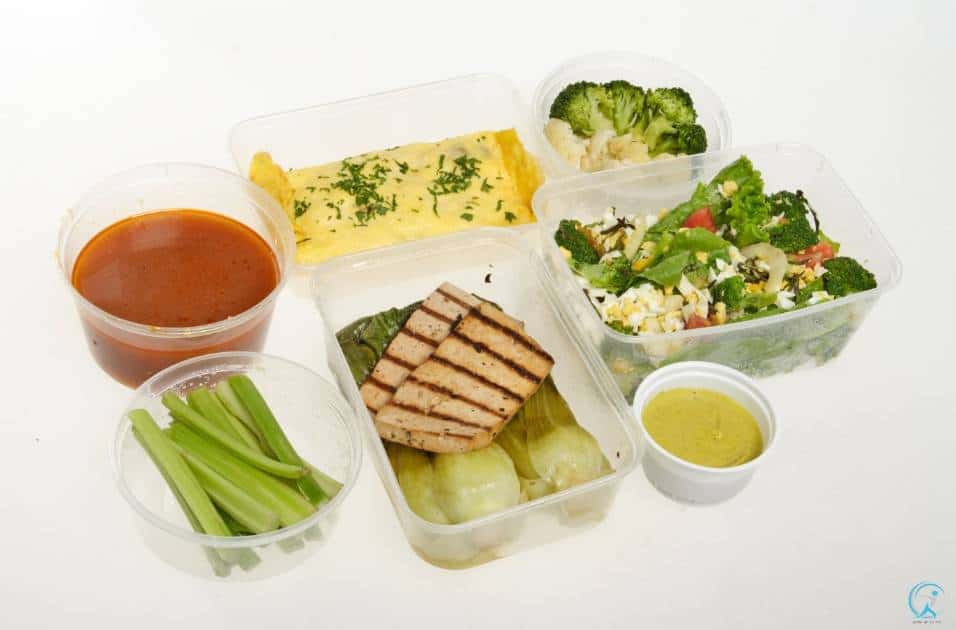
The South Beach Diet:
The South Beach Diet is one of the most popular diets out there. It is based on a low-glycemic eating plan, which means you eat foods high in fiber and protein and avoid processed foods, refined grains, and simple carbohydrates like sugar.
The South Beach Diet is divided into three phases:
Phase 1: The first phase lasts two weeks, during which you restrict your carb intake to 20 grams per day or less. It would help if you also drank plenty of water and exercised regularly.
Phase 2: The second phase begins at week three and lasts until you reach your goal weight, typically two months after starting the diet. During this time, you continue restricting your carbs and add in small amounts of healthy fats like nuts, avocados, and olive oil, as well as lean protein sources such as chicken breast or fish. You can also start reintroducing some fruits and whole grains back into your diet at this point too.
Phase 3: Phase three is designed for maintenance after you’ve reached your target weight. In this phase, you can eat all kinds of healthy foods—including carbs!—without having to count calories or limit yourself.
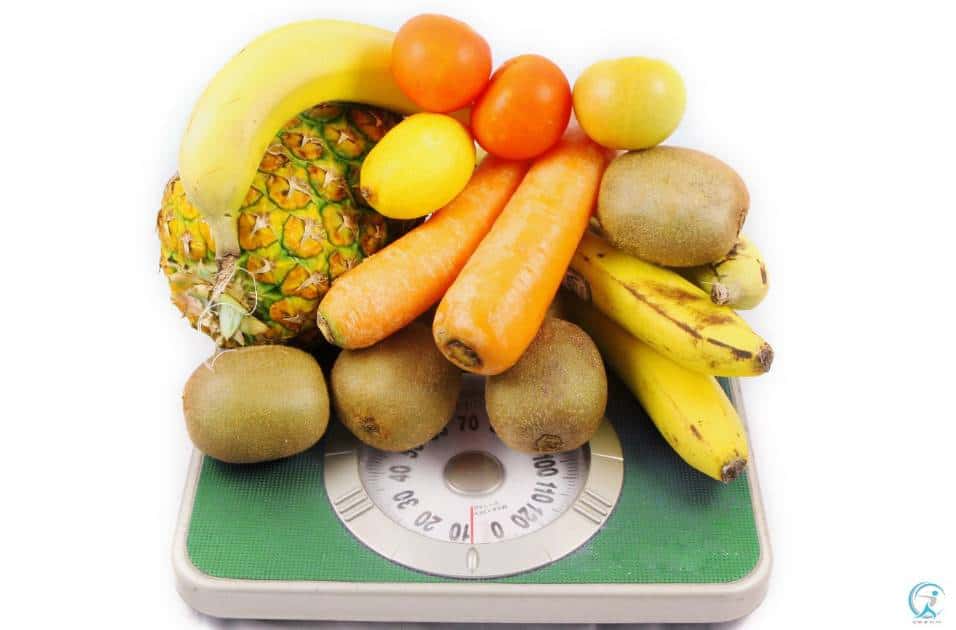
The Weight Watchers Diet
The Weight Watchers Diet is an easy diet plan to help you lose weight. It’s a point system that allows you to eat what you want and still lose weight while also giving you the freedom to enjoy meals out with friends.
The Weight Watchers Diet is based on a plan that has been around for decades: counting calories and points. You can track your points by using online tools or by downloading the free app.
You’ll start each day with a target number of points to spend on breakfast, lunch, and dinner (plus snacks). Each food item has its point value, so you can count them before eating.
Here’s how it works:
Breakfast: It’s not just cereal anymore—eat eggs, yogurt, oatmeal, or even pancakes if they fit into your daily plan!
Lunch: Grab some fresh fruit or have a sandwich on whole-wheat bread with veggies instead of chips. If you’re at work, pack an apple instead of eating candy from the vending machine!
Dinner: Make sure to include a protein, like chicken or fish, and some healthy carbs and veggies. A salad with grilled chicken is always a good option.
All claims of effortless weight loss
However, all claims of easy weight loss need to be viewed with skepticism and caution.
Weight loss is a complex process that involves many different factors. It’s not easy! It takes hard work and determination. You can’t expect to lose 10 pounds overnight by eating only cabbage soup or drinking vinegar water every day. Just like you can’t expect to get rich quick or find the perfect job without any effort on your part at all, losing weight doesn’t happen magically overnight either—and it will take a lot more than just following some simple diet plan or fad diet trend for true long-term success.
Conclusion
A healthy lifestyle involves a reduced consumption of fat and sugar, an increased intake of vitamins and minerals, exercise, and a conscious effort to practice good dental hygiene. Weight loss is a slow process that requires commitment, patience, and persistence.
FAQ about easy Diets to Follow
The Mediterranean Diet is the best for weight loss because it includes plenty of fruits, vegetables, whole grains, fish, olive oil, nuts, beans, legumes, eggs, and dairy products.
The easiest way to lose weight is through dieting. This includes eating less calories than what you burn, and exercising more often.
Foods like salmon, tuna, eggs, beans, broccoli, cauliflower, avocados, nuts, and seeds are great for burning belly fat.
Celebrities lose weight through exercise, diet and other lifestyle changes.
You can speed up weight loss by eating smaller meals more frequently throughout the day. This will help prevent overeating at one meal and make it easier to stick with your diet plan.
The Mediterranean Diet is considered the best diet for losing weight.
There are some diets that work for weight loss, such as intermittent fasting. However, most diets do not work because they only focus on one aspect of health – eating less calories.
As a veteran fitness technology innovator and the founder of GearUpToFit.com, Alex Papaioannou stands at the intersection of health science and artificial intelligence. With over a decade of specialized experience in digital wellness solutions, he’s transforming how people approach their fitness journey through data-driven methodologies.
